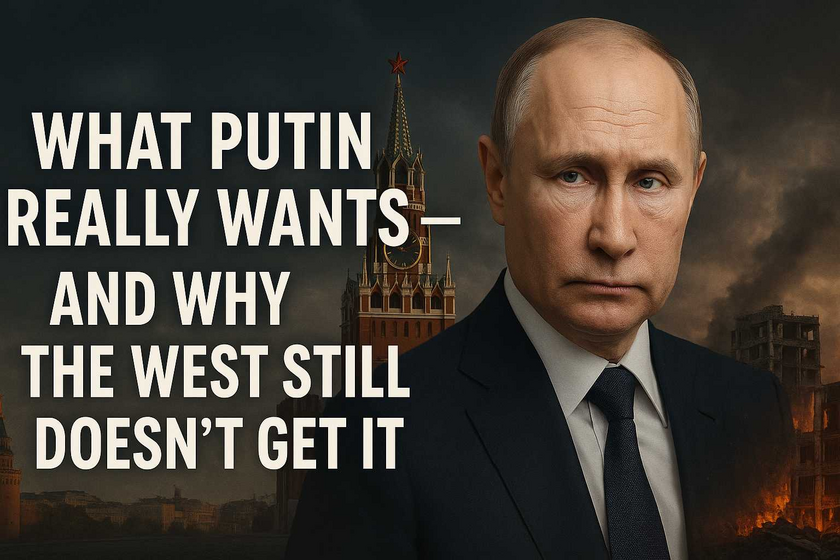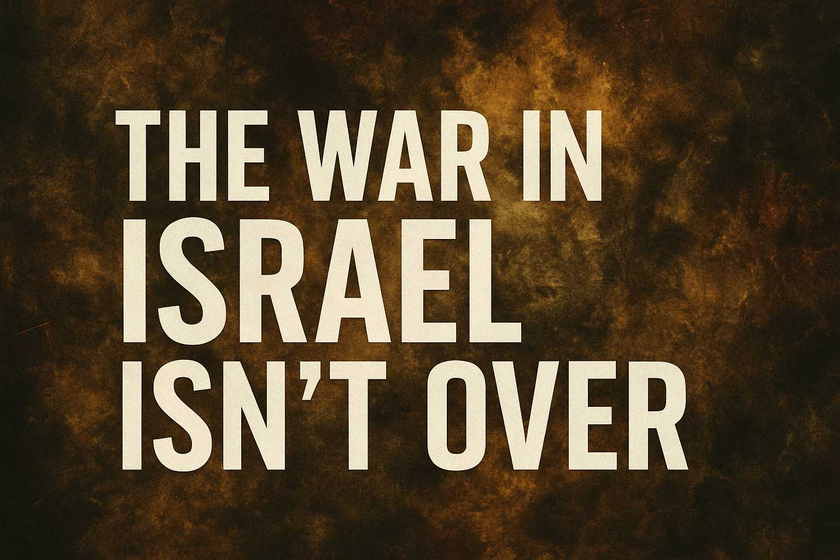The Syrian conflict is one of the most complex and misunderstood wars of the modern era. While recent massacres of Alawites and Christians have drawn international condemnation, it is crucial to understand the deeper historical and sectarian dynamics at play. The Assad regime, dominated by the Alawite minority, has long been allied with Hezbollah, an Iran-backed Lebanese militant group, to maintain power in Syria. Meanwhile, the Sunni majority has suffered decades of brutal repression, and the Christian minority finds itself caught in the crossfire, suffering regardless of who is in control.
The Sunni-Shia Divide in Syria
Syria’s population is primarily Sunni Muslim (about 74%), but its ruling elite belongs to the Alawite sect, a branch of Shia Islam. Historically, the Alawites were a marginalized group, but under French colonial rule (1920-1946), they gained influence through military service. By the time Hafez al-Assad seized power in 1970, the Alawites had entrenched themselves within the military, intelligence services, and government bureaucracy.
This created deep resentment among the Sunni majority, who viewed Alawite rule as illegitimate and oppressive. The Sunni-Shia divide has been a driving force of conflict in Syria, with Sunnis leading opposition movements and Islamist groups seeking to overthrow the regime, while Alawites, fearing persecution, have clung to power by any means necessary.
The Assad Regime’s Alliance with Hezbollah
Hezbollah, a Lebanese Shia militia and proxy of Iran, has played a crucial role in propping up the Assad regime. While Alawites and Shia Muslims historically had distinct religious traditions, Iran has embraced Alawites as part of the Shia fold to expand its influence in Syria.
Hezbollah’s Military Role in Syria
When the Syrian civil war erupted in 2011, Hezbollah intervened decisively on Assad’s behalf. The group provided:
Elite fighters to reinforce Assad’s struggling army.
Urban warfare specialists to retake rebel-held cities.
Advanced weaponry and logistics supplied by Iran.
Assassination squads to eliminate opposition leaders.
One of Hezbollah’s most significant interventions was during the Battle of Qusayr (2013), a strategic town on the Lebanese border. Hezbollah fighters spearheaded the regime’s assault, demonstrating how deeply the Alawite regime depended on its Shia allies.
Alawite Rule and the Systematic Persecution of Sunnis
While recent killings of Alawites by Sunni jihadist groups have garnered international attention, it is essential to recognize that the Assad regime’s repression of Sunnis has been far more extensive and systematic. Some key examples include:
The Hama Massacre (1982): Hafez al-Assad’s forces killed between 10,000 and 40,000 Sunnis to crush an Islamist uprising.
The Syrian Civil War (2011-Present): Assad’s forces have bombed Sunni-majority cities, used chemical weapons (e.g., Ghouta, 2013), and displaced millions.
The Role of Pro-Regime Militias: Alawite militias like the Shabiha carried out mass executions, rapes, and looting in Sunni neighborhoods.
Despite these atrocities, many Western observers fail to see the Alawite regime as a primary aggressor, instead focusing on the war crimes of jihadist factions. However, the Syrian government’s brutality fueled the rise of extremism, as moderate Sunni opposition groups were wiped out or radicalized in response to the regime’s scorched-earth policies.
The Forgotten Suffering of Syria’s Christians
Syria’s Christian minority has been disproportionately affected by the war, suffering no matter who is in charge.
Assad’s Repression of Christians
While Assad has portrayed himself as a protector of Christians, his regime has also persecuted Christian political activists, imprisoned church leaders who refused to endorse him, and bombed Christian-majority areas when they aligned with the opposition.
Jihadist Persecution of Christians
On the other hand, radical Sunni groups like ISIS and Al-Nusra Front have targeted Christians, forcing them to convert, flee, or be executed. Christian churches have been destroyed, and entire communities wiped out.
The Exodus of Syrian Christians
Before the war, Christians made up about 10% of Syria’s population (1.7 million people). Today, that number has plummeted to 300,000-500,000, with most fleeing to Europe or Lebanon. More than a million Christians have been displaced, caught between the brutality of the regime and the extremism of Islamist groups.
Conclusion: A War of Power, Not Just Religion
The war in Syria is not just a battle between Sunnis and Shia-aligned Alawites; it is a power struggle where religious identity is often exploited for political gain. The Assad regime and Hezbollah’s alliance has ensured the Alawites’ grip on power, while Sunnis continue to resist their rule. Meanwhile, Syria’s Christians have been devastated, used as pawns by all sides and left without a safe future in their own homeland.
Understanding these dynamics is crucial to seeing the full picture of Syria’s ongoing tragedy. The Alawites may face retaliation today, but for decades, they were the ruling elite who repressed millions. Meanwhile, the Christians—who posed no political threat—continue to suffer, no matter who controls Damascus.


















